Published in Footprint, 28 June 2022.
The clarity offered by the Albanese government has removed a major stumbling block to real action, and Labor has already delivered on a number of campaign promises.
On 17 June it submitted a revised Nationally Determined Contribution (NDC) under the Paris Agreement, committing Australia to reducing greenhouse gas emissions to 43% of 2005 levels by 2030. This has removed a lot of uncertainty.
Businesses know that they need to reduce their greenhouse gas emissions, and most have accepted that they need to reach net zero.
For the private sector, as the understanding of climate risk has improved, so have concerns about managing this risk, and ensuring that governance structures are adequate.
To avoid greenwash, Australia’s boards are increasingly aware that emissions reduction targets require resources, as well as substantive and realisable plans.
With a clear 2030 target, many companies are stepping out from behind their renewable power purchase agreements (PPA) and are starting the really hard work to deliver net-zero companies.
There are three aspects to highlight:
-
Companies need to reduce their own emissions and not outsource the task to others by buying offsets. While offsets can be used as an interim measure to meet a portion of ambitious targets, they are not a long term panacea. If you buy offsets, ensure that you are buying real reductions from projects that capture and stabilise carbon. Projects that merely avoid emissions have a very limited role on the global pathway to net zero.
-
This is not going to be easy. While attractive for the array of benefits they offer, the rush to secure renewable PPAs has occurred partly because they can deliver the emissions reductions required by 2030. Many companies achieved reductions in the order of 50% through a single PPA transaction. The really hard work to make it the rest of the way to net-zero starts now. Operational improvements, efficiency programs, process changes, all with a focus on reducing scope 1 emissions are complex projects. They require planning and resourcing. They are also a necessary prerequisite to real emissions reductions and core to a successful net zero plan. We are already seeing supply chain constraints on key equipment, and everyone is aware of the challenge accessing people to do the work. There is a real first-mover advantage because these constraints are only going to compound over the next five years. If you want to deliver net zero, the key is to act immediately.
-
This is not only about scope 1 (direct on site emissions) and scope 2 (the emissions associated with the energy you consume). You must deal with your scope 3 emissions as associated with your upstream suppliers as well as the downstream emissions from the transport and use of your product, or the downstream use of your service. If your company is going to survive in a carbon reduced economy, you need to be sure that your suppliers survive too. Supply chains are made up of companies of all sizes. Engaging with smaller players in your supply chain is vital to help them survive into the medium term with you.
There is great market advantage to be had from moving now, but in the long run we are all in this together. It will take a united effort to meet the challenges of delivering global net zero by 2050.
Related insights
-
Business constraints and opportunities Is Australian business on track to achieve net zero?READ MORE -
Advice for boards Ready for net zero: what do organisations need to do between now and 2050?READ MORE -
CSIRO technical report What are the financial implications of a delayed transition to net zero?READ MORE



